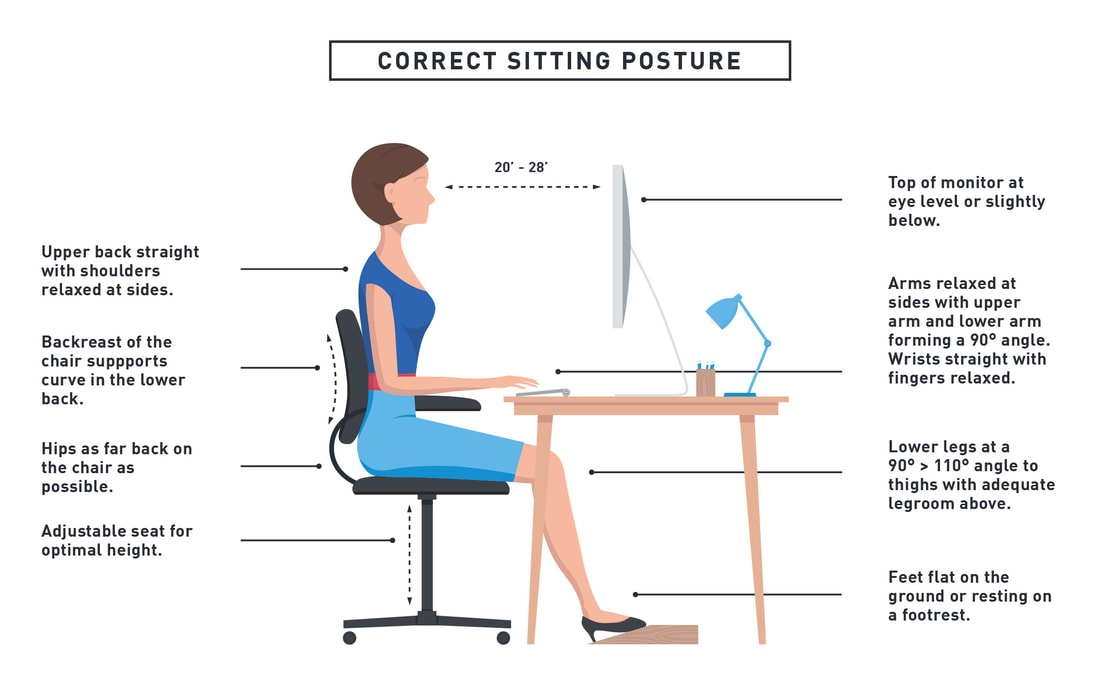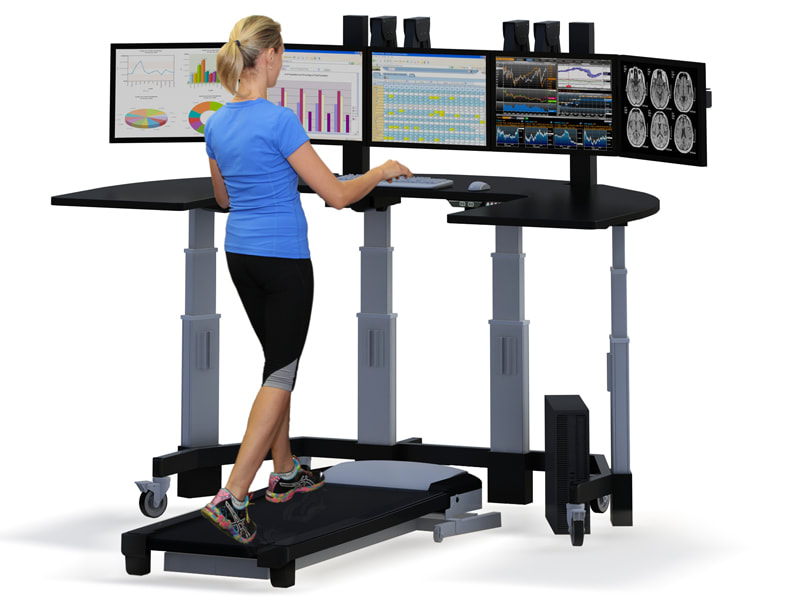What is the worst thing that can happen if you just do your job? I guess that depends on the kind of job you have. If you are a firefighter, you can get burned, blown-up, hit by a car, or catch a disease from a patient. If you are soldier, you can get into all sorts of trouble during war time. If you are a cop, you can get shot. What about if you work behind a desk? Desk workers spend too much time sitting behind their desks (Biswas A, et. al.). In order to minimize that danger, it is necessary to move intentionally and more often throughout the day. “Physical activity is anything that gets your body moving. According to the 2018 Physical Activity Guidelines for Americans, 2nd edition, adults need to do two types of physical activity each week to improve their health–aerobic activity and muscle strengthening. (www.cdc.gov)” People who spend more than four hours a day doing desk or computer works (Buckley JP, Hedge A, Yates T, et al) TTQ will teach desk workers about the benefits of standing at their desk (Creasy SA, et. al.), and how employers might enable them to do so: Stand at desk as much as possible: phone calls, reading, watching media, et. c. Prepare work space to be conducive to standing (i.e. Figure 1). TTQ will teach desk workers exercises that can help reduce the dangerous effects of desk work: |
Author
Mark is a Qi Gong and Tai Chi instructor and gives classes and private lessons in Carmel Valley, CA Archives
November 2020
Categories
|

